Genetic Rescue
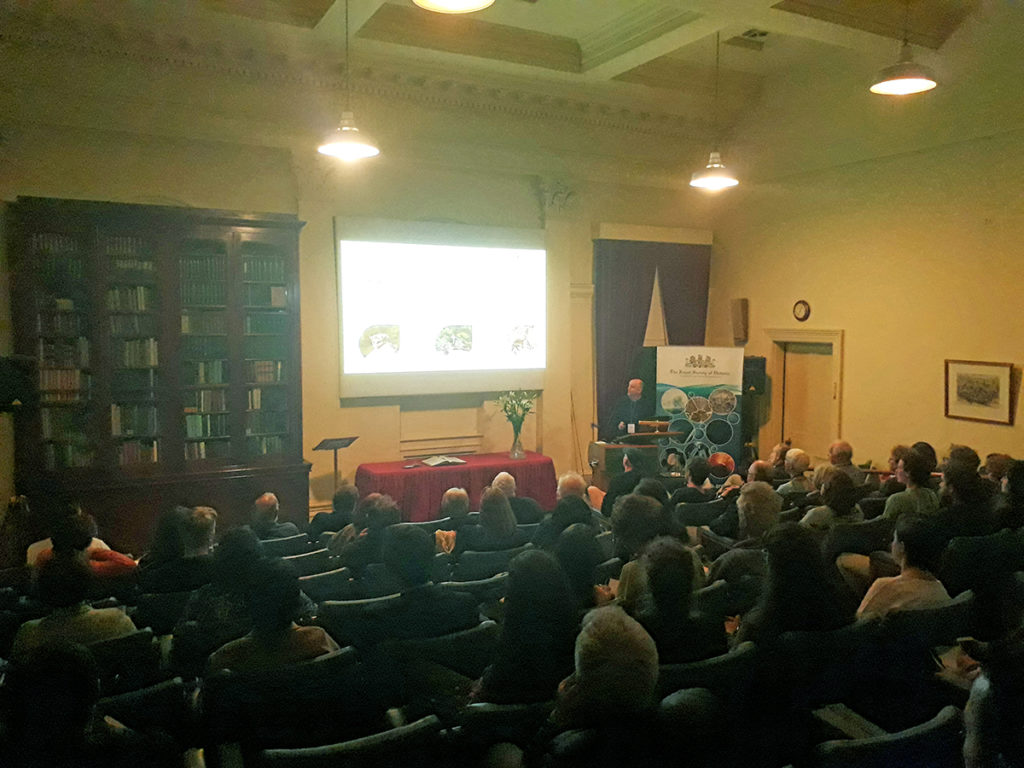 By Scott Reddiex & Catriona Nguyen-Robertson MRSV
By Scott Reddiex & Catriona Nguyen-Robertson MRSV
RSV Science Communications Officers
This article follows a presentation to the Royal Society of Victoria by Dr Andrew Weeks, Director & Ecological Geneticist with conservation and agricultural management organisation Cesar on 13th September 2018, titled “Genetic Rescue: Thinking Small to Save Threatened Species.”
You may not know it, but Australia is facing an extinction crisis. With the worst rate of mammalian extinction in the world, over 1,700 species of animals and plants are currently at risk of becoming extinct in Australia i. Many factors have contributed to this loss of biodiversity, including feral animals (not just predators, but also herbivores that compete for the same food sources), clearing of native vegetation, weeds, and changes in fire regimes. While some of these problems are being addressed to varying degrees, many threatened species still have a high risk of extinction even if the populations are physically protected from danger due to their poor genetic health.

The genetic health of a species, broadly speaking, refers to how outbred the population is. The fewer animals remaining, the greater the chance of inbreeding, and with it the greater risk of hereditary diseases. Thankfully, Dr Andrew Weeks, Director and Ecological Geneticist at the conservation and agricultural management organisation Cesar, has part of the solution.
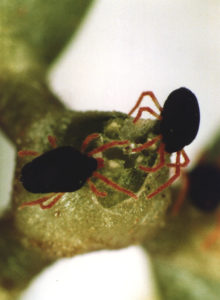
In order to understand the impact of environmental change on flora and fauna, ecologists model and analyse the distribution of species in their habitats. This work involves mapping where individuals of a species are located in a defined area and predicting how the population distribution will respond to changes in their environment, such as increased temperature or decreased rainfall. One thing that ecologists haven’t classically factored in to their analyses, however, is the ability of a species to adapt to its environment. The redlegged earth mite (Halotydeus destructor), a major pest in Australian farming, was accidentally brought into Western Australia from southern South Africa in the early 1900s. From its point of introduction, it rapidly spread eastwards and inland, occupying more environmental niches in Australia than was predicted based on their distribution in South Africa. This highlighted that species can surprise us with their ability to adapt and evolve as they encounter new environments.
While it was originally thought that evolution and adaptation was a slow process that occurred over hundreds to thousands of years, we now know that it can occur quickly over a few generations, particularly in species that have much shorter life-cycles.
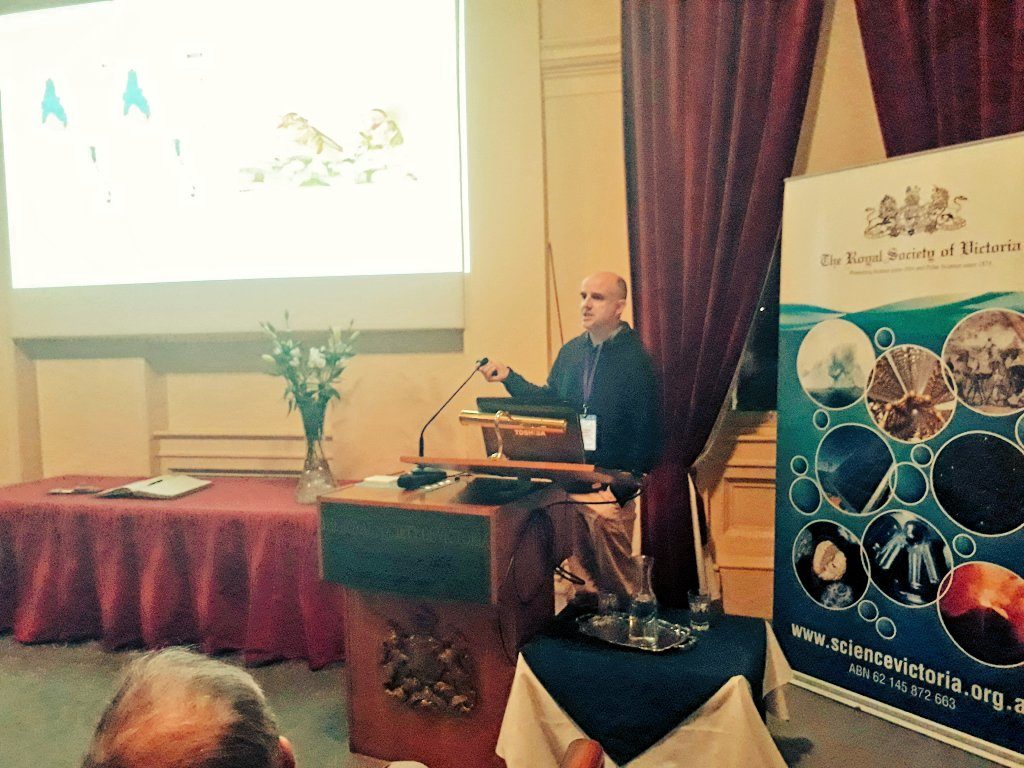
The ability of any species to adapt to their environment is based on their genetics, specifically the gene variants that exist in the population. For every gene in the genome, there may be multiple variants that have arisen due to mutations of the DNA. These different versions of the same gene are referred to as alleles, and offspring inherit either two identical alleles (homozygosity) or two different alleles (heterozygosity) for every gene – one from each parent. Many mutations are referred to as ‘silent’ (i.e. having no effect), some can be deleterious (having a negative effect), and others advantageous. Darwin’s theory of natural selection states that when an allele provides an advantageous characteristic an individual will be fitter than their peers, and consequently better equipped to survive and pass on their version of the gene, while deleterious alleles will be weeded out. It is therefore beneficial for a population to be more genetically diverse, because the more variation there is, the greater the chance of individuals having particular traits that may prove helpful in surviving changing environments.
Dr Weeks is investigating two key factors that play a role in a population’s genetic diversity: population size (the more individuals, the greater the chance of mutations arising) and migration (connectivity of separated populations). It has been shown that particularly in small, isolated populations, lower genetic diversity increases the risk of a species becoming extinct ii. It is therefore a concern for ecologists when separate populations believed to be connected are in fact isolated, resulting in a complete lack of genetic transfer between the groups. It is consideration of these factors that inform the genetic rescue approaches employed by Dr Weeks when addressing a population facing extinction.
Over time, small populations succumb to random genetic drift. This describes the process in which variant alleles are lost from the gene pool, leaving only one allele for a given gene, and results in the population becoming maladaptive. Without gene flow, in which alleles are shared between populations, species become less able to adapt to selective pressures from the environment and may find themselves on the brink of extinction.
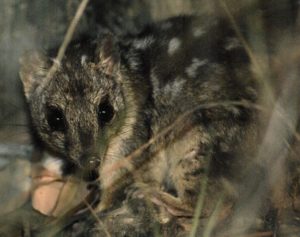
Of the 86 Australian terrestrial mammals currently listed as critically endangered under the International Union for Conservation of Nature and Natural Resources (IUCN) Red List iii, 74% have very fragmented and declining distributions. Dr Weeks is involved with conservation projects for four of these species: the mountain pygmy possum, eastern barred bandicoot, eastern quoll and the northern quoll – all of which only exist in a handful of small populations, suffering extreme loss of genetic variation and inbreeding as a result. A long-standing view held by geneticists is that the individual groups of these species are so genetically unique that they should be maintained as such, however Dr Weeks believes their uniqueness is the result of random genetic drift and not beneficial for the survival of the species. He is therefore addressing the problem with genetic rescue, which involves re-establishing the gene flow between distinct populations of the same species. Initially there was pushback, due to concerns that the progeny would be less fit than their parents – a situation known as outbreeding pressure. But this particular method of genetic rescue has been extensively utilised successfully in agriculture with no long-term implications, and so Dr Weeks proceeded to set up genetic rescue projects for threatened species.
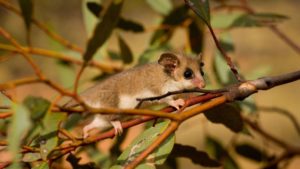
Dr Weeks’ projects involve introducing individuals from one population into another in the hope that they will mate, thus increasing the population size as well as outbreeding any deleterious alleles that can accumulate with inbreeding. Mountain pygmy possums currently exist as three isolated populations in the Victorian alpine region, and the population at Mt. Buller declined rapidly after the installation of a ski lift right through the middle of their habitat. A lack of males meant that at one point their ratio of male to female possums was 1:20, and a sharp decline in their genetic health paralleled this demographic collapse.
With the introduction of a predator control program and a culture shift at Mt Buller Ski Resort to prioritise protection of threatened species, the population bounced back slightly… but not enough. In October 2011, there were only a handful of possums left on Mt Buller when Dr Weeks brought six males over from Mt Hotham to encourage gene flow. As early as the summer of 2012, 50% (8 of the 16) of the population were hybrids from the two mountains, the offspring were larger in size, and had a 2.5 times greater fitness compared to their parents. Over time, the population at Mt Buller has continued to recover and spread across the mountain.
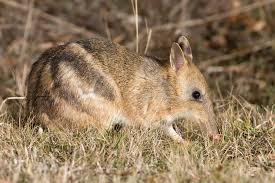
Dr Weeks also organised a similar project for the eastern barred bandicoot, crossing Victorian and Tasmanian populations by releasing five Tasmanian eastern barred bandicoots into fenced enclosures that protect the Victorian animals. This project also resulted in larger progeny and an increase in genetic diversity by 80%, but he aims to introduce even more from Tasmania as he predicts that bringing a total of 20 Tasmanian eastern barred bandicoots into Victoria will give the population a sustainable future.

The future of biodiversity conservation relies on multiple factors, including removing native animals from the dangers of introduced predators, changing the culture of clearing land, and having support of the government, conservationists, and society as a whole. These changes would help populations to recover, however when the gene pool of a species has bottlenecked so much, even if the population size increases, their genetic health will remain poor. To avoid the current health problems such as all koalas having chlamydia and Tasmanian devils having infectious facial tumours, genetic rescue is potentially the solution. With Dr Weeks and his colleagues leading the way, endangered and threatened Australian flora and fauna will hopefully flourish once again.
i The Australian Government Department of the Environment and Energy, Environment Protection and Biodiversity Conservation Act 1999, http://www.environment.gov.au/biodiversity/threatened/species .
ii Orsini L, Corander L, Alasentie A, Hanski I 2008, ‘Genetic spatial structure in a butterfly metapopulation correlates better with past than present demographic structure’, Molecular Ecology, vol.17, no.11, pp.2629-42.
iii The International Union for Conservation of Nature’s Red List of Threatened Species, https://newredlist.iucnredlist.org/






